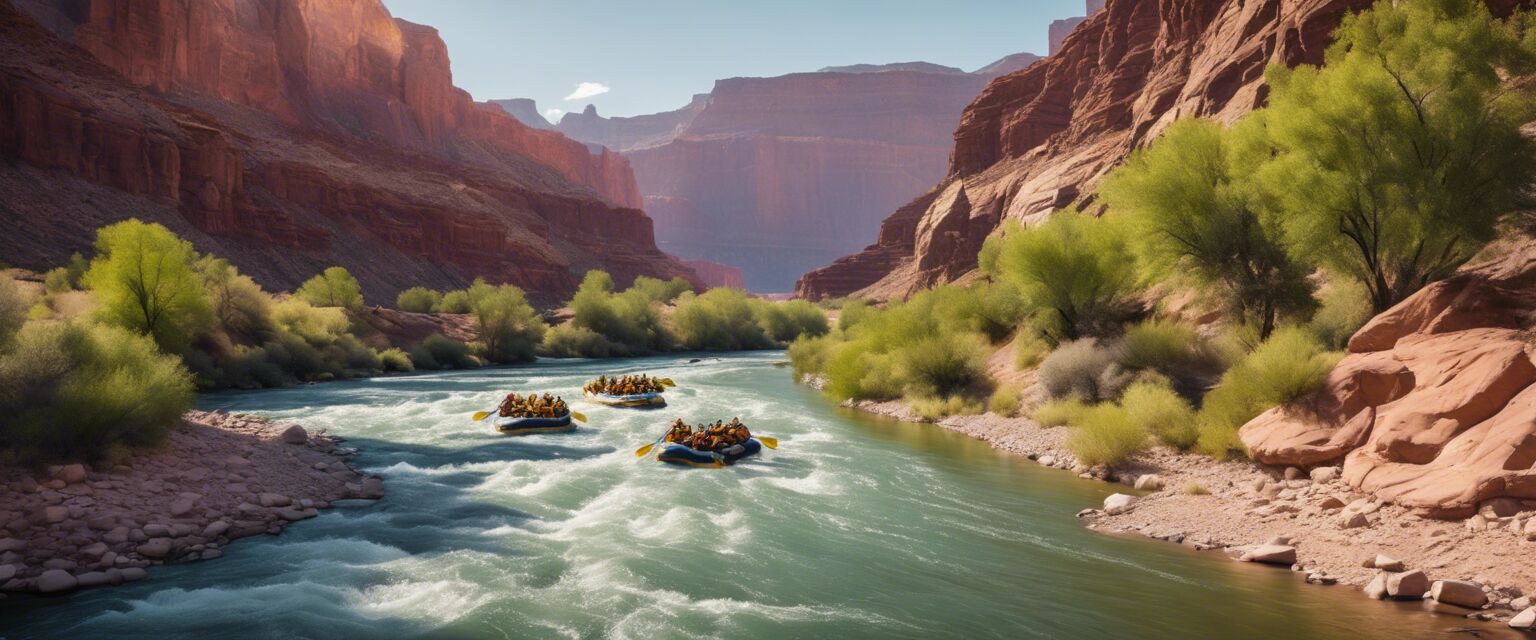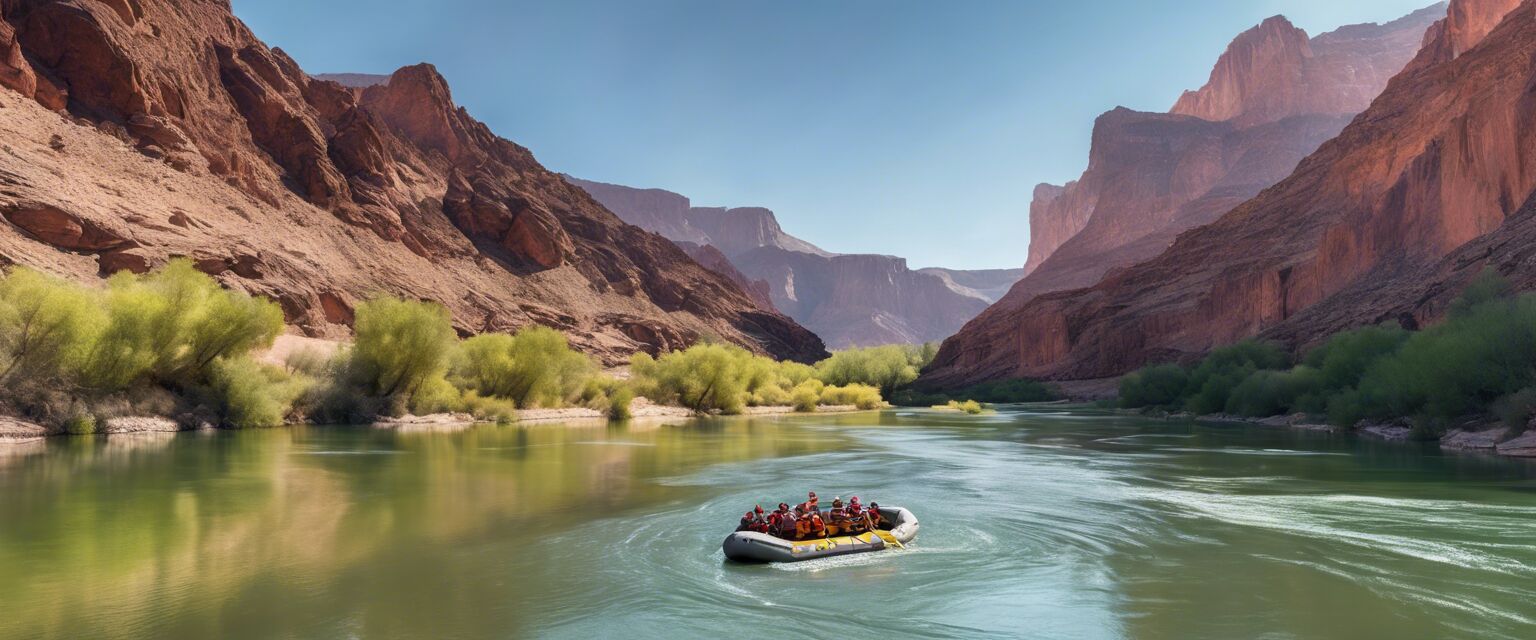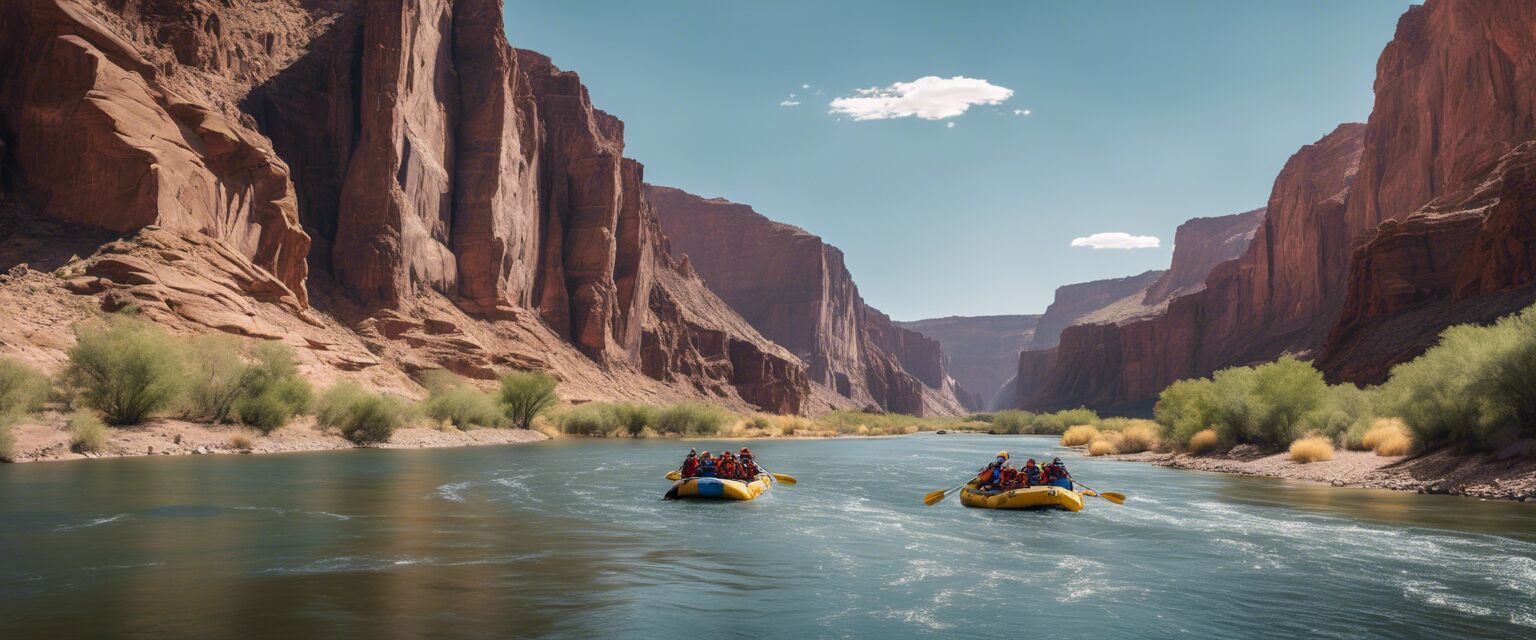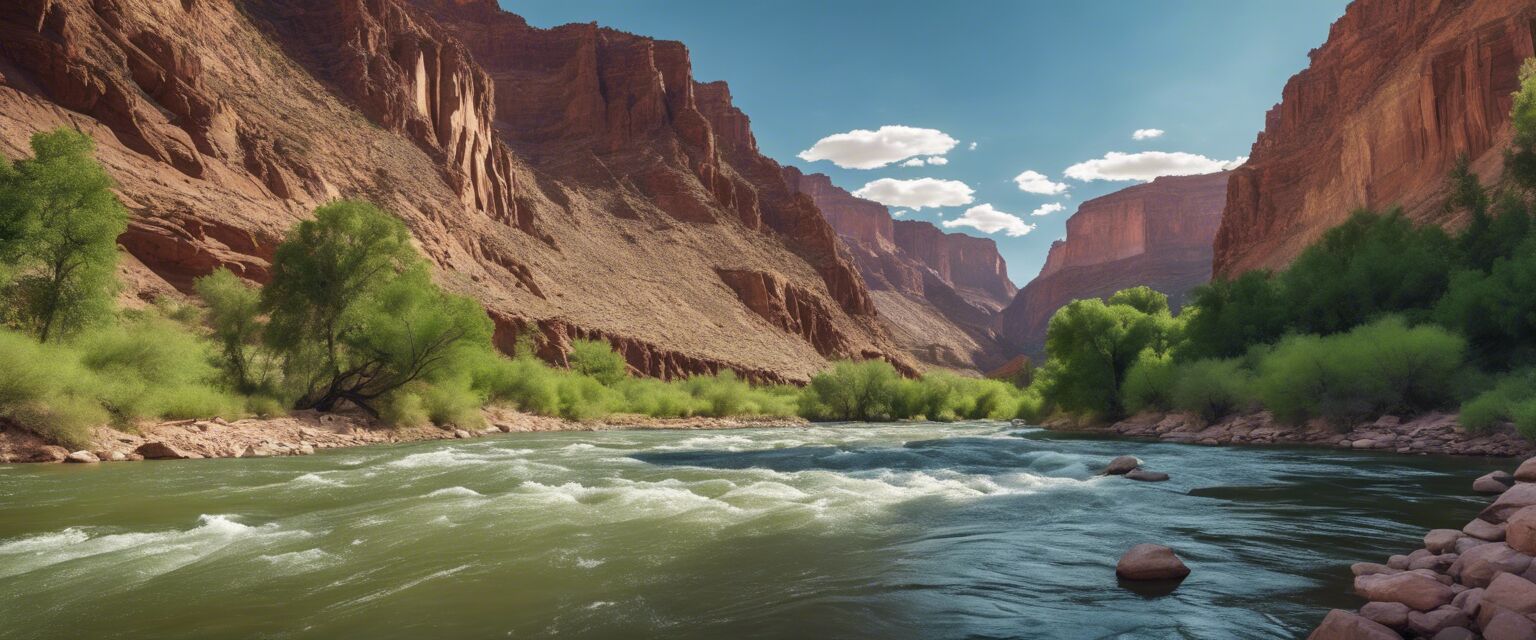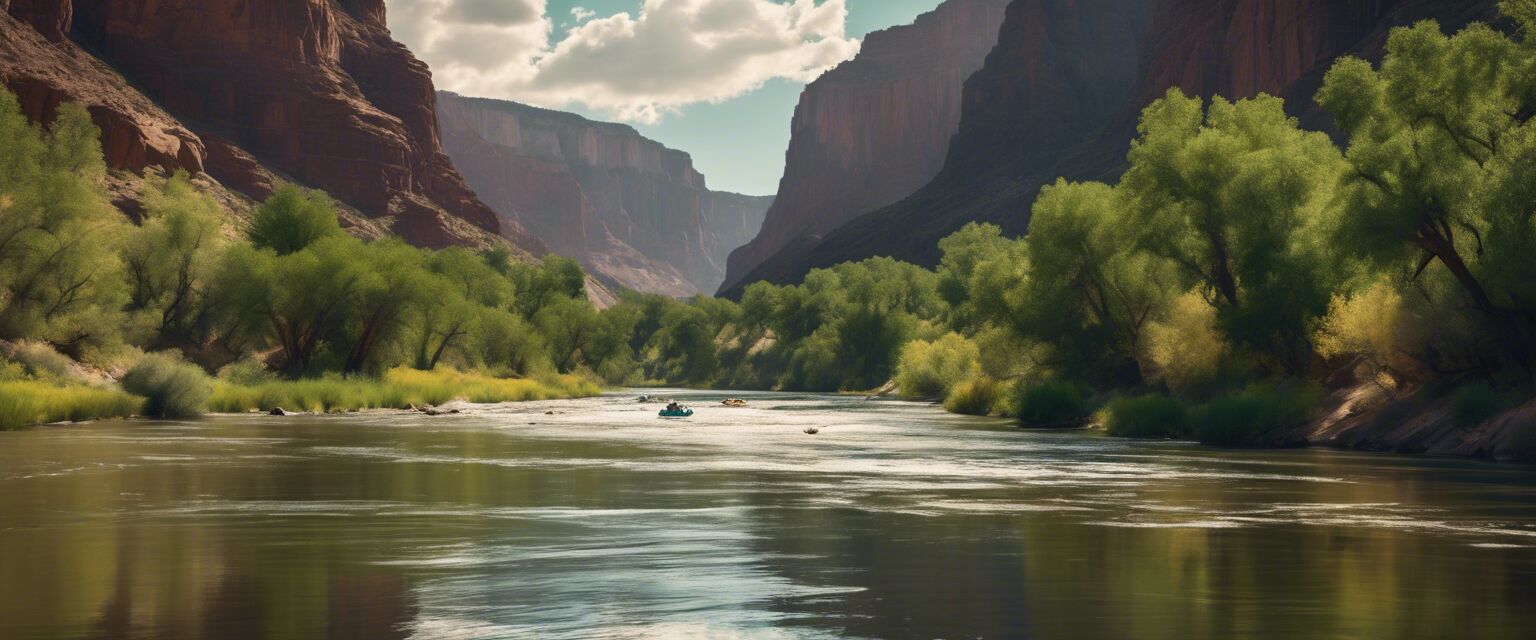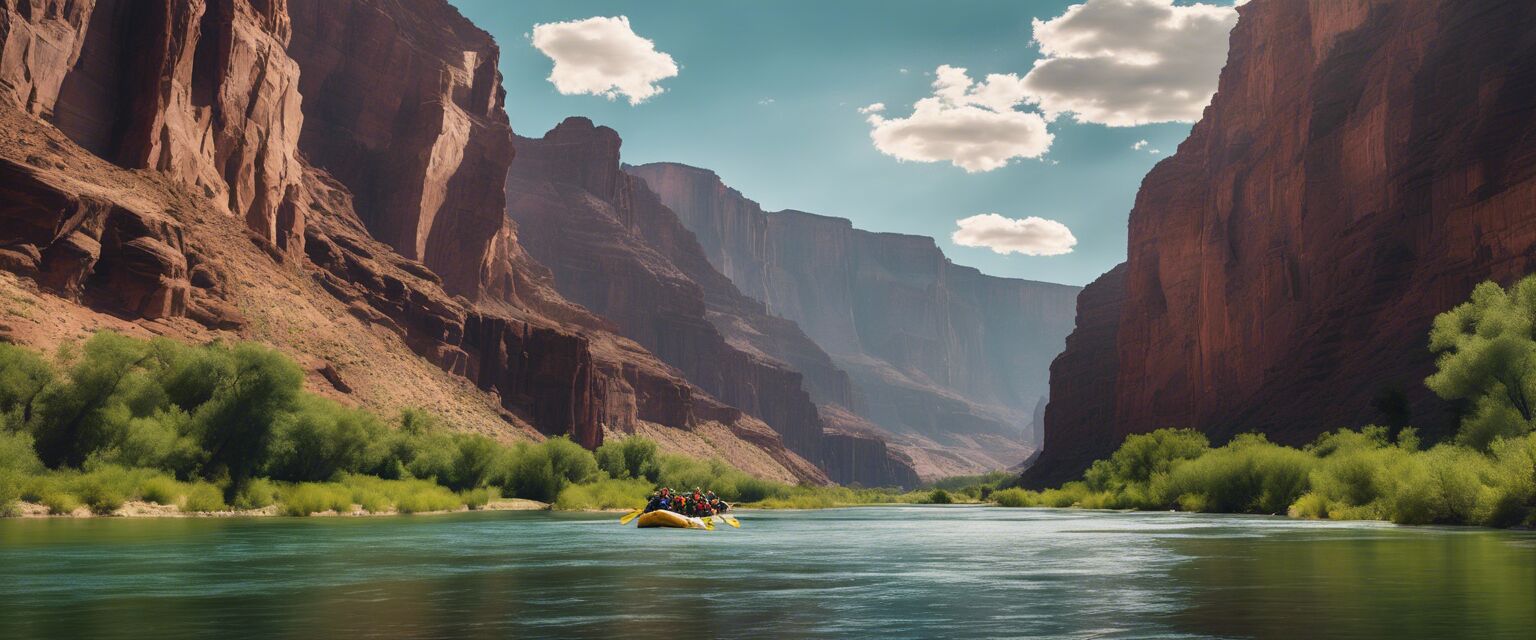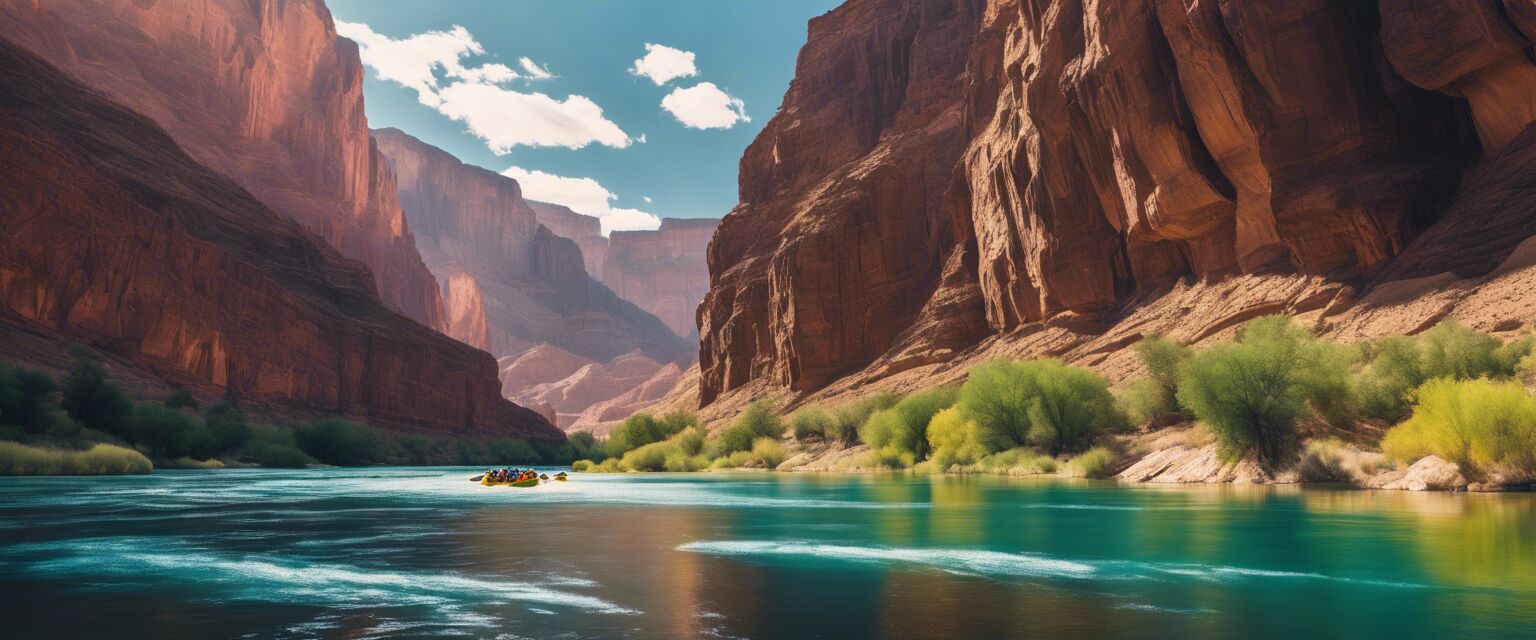
History of Rafting on the Colorado River
- The Colorado River has a rich history connected to both Native American cultures and modern adventure tourism.
- Rafting on the river began in earnest during the 19th century and has since evolved into a popular recreational activity.
- Significant milestones in rafting history include the first recorded expedition in 1869 and the establishment of rafting as a tourist activity in the mid-20th century.
- Modern advancements in gear and safety have transformed the experience of whitewater rafting.
Rafting on the Colorado River is not only an exhilarating adventure but also a significant part of the region's history. This article explores the evolution of rafting in this stunning landscape, tracing its origins from ancient times to its status as a popular outdoor activity today.
The Origins of Rafting on the Colorado River
The Colorado River has long been a vital water source for local Native American tribes, who utilized its resources for sustenance. The river's powerful currents and scenic landscape have intrigued explorers and adventurers for centuries.
Early Exploration
| Year | Explorer | Details |
|---|---|---|
| 1869 | John Wesley Powell | First documented expedition to navigate the Colorado River through the Grand Canyon. |
| 1889 | Adventurers | A growing interest in exploration led to subsequent expeditions and a fascination with the river. |
Powell's historic journey not only paved the way for further exploration but also set the stage for the development of rafting as a recreational activity.
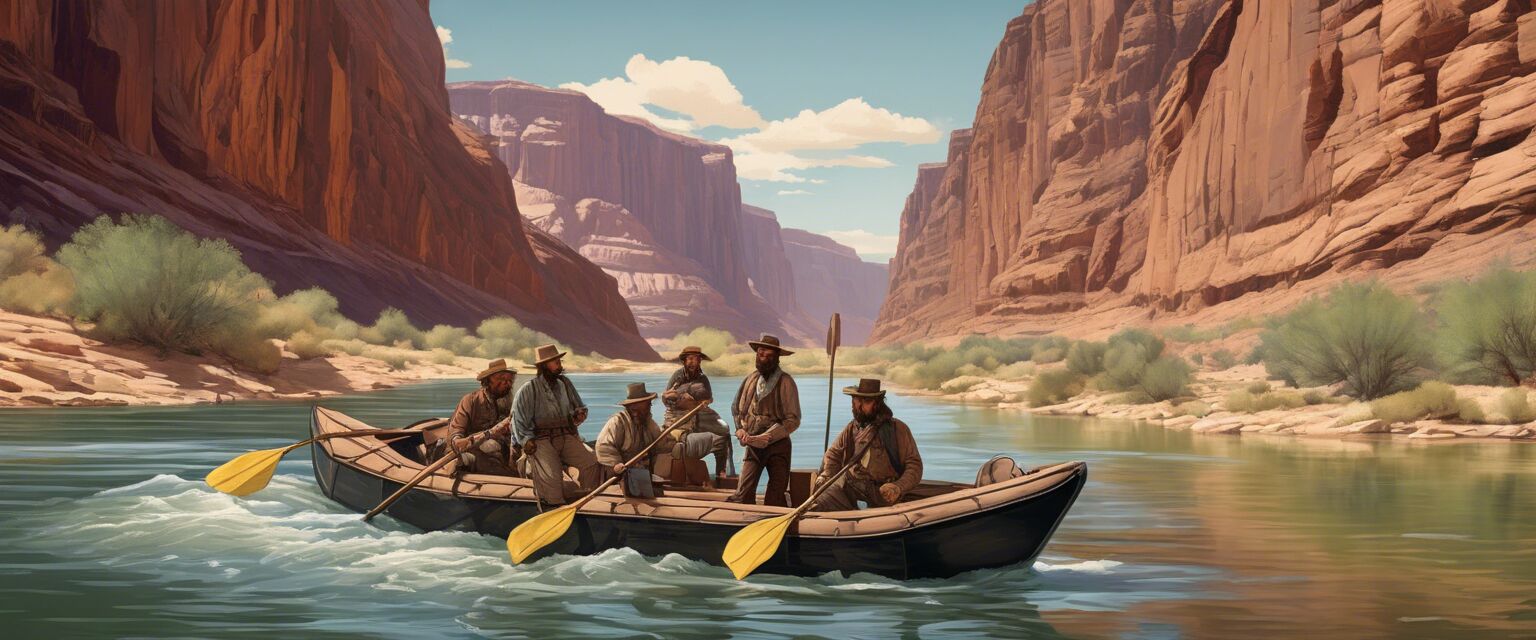
Transition to Recreational Rafting
By the mid-20th century, whitewater rafting began to gain popularity as a recreational pursuit. The introduction of inflatable rafts and advancements in equipment and safety gear made rafting more accessible to the public.
Key Developments in Equipment
- Invention of the inflatable raft in the 1960s.
- Emergence of specialized rafting gear in the 1970s.
- Increased focus on safety equipment and training in the 1980s and beyond.
Pros of Modern Rafting
- Enhanced safety measures have reduced the risks involved in rafting.
- More options for varied skill levels allow families and beginners to participate.
- The experience connects adventurers with nature in a unique way.
Cons of Modern Rafting
- Increased popularity can lead to overcrowding in popular areas.
- Environmental concerns regarding the impact on local ecosystems.
- Higher costs associated with guided trips and equipment rentals.
The Cultural Significance of Rafting
Rafting on the Colorado River is not just an adventure; it also holds cultural significance. The river has shaped the lives of the people in its vicinity, from Native American tribes to modern-day adventurers.
| Culture | Practical Use of the River | Recreational Use of the River |
|---|---|---|
| Native American Tribes | Sustenance and trade routes | The spiritual connection to the river |
| Modern Adventurers | Water resource management | Outdoor recreation and adventure tourism |
This table highlights the contrasting but complementary ways the Colorado River has been viewed through time.
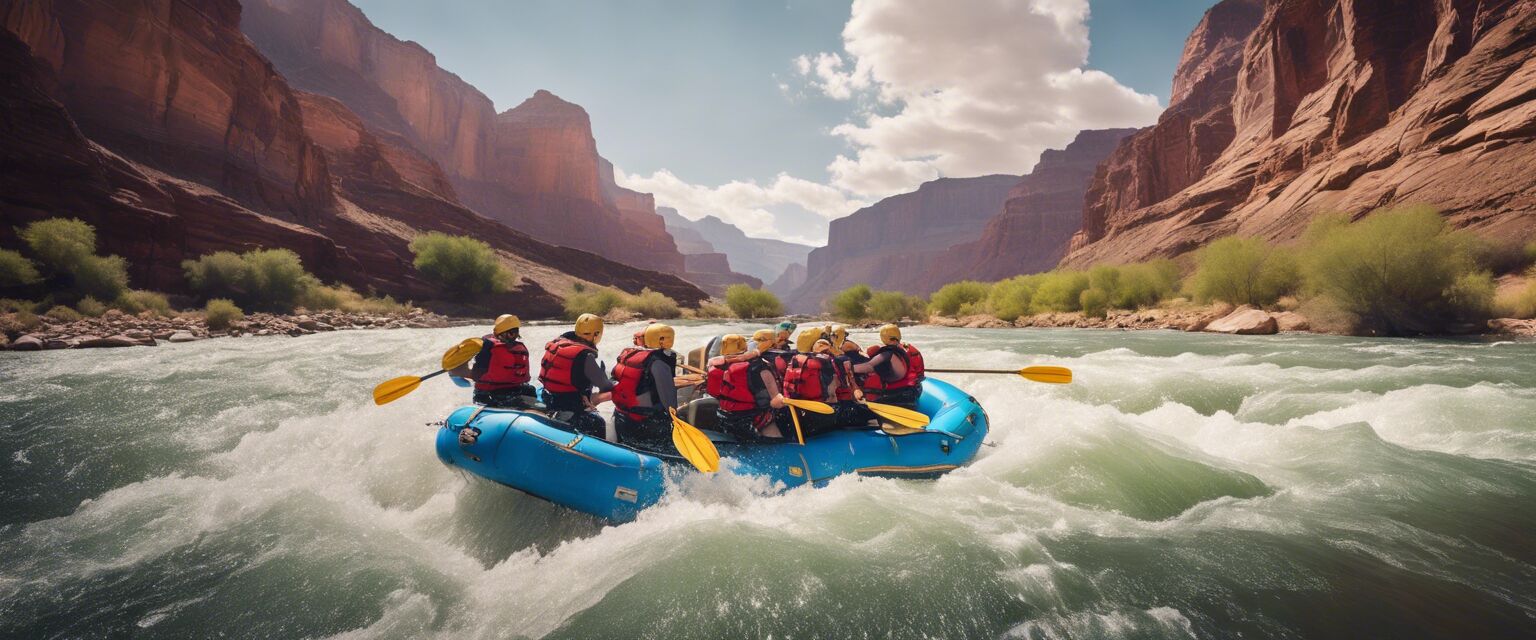
Environmental Impact and Conservation
As interest in rafting grows, so does the need for responsible stewardship of the Colorado River. Environmental organizations and rafting companies are increasingly focused on protecting the fragile ecosystems along the riverbanks.
Key Conservation Efforts
- Promoting Leave No Trace principles among all outdoor enthusiasts.
- Establishing protected zones to preserve wildlife habitats.
- Involving the local community in conservation education programs.
Responsible practices ensure that future generations can enjoy the natural beauty of the Colorado River.
Planning Your Rafting Trip
If you're considering a rafting adventure, there are several factors to keep in mind:
Essential Gear for Rafting
| Gear Type | Purpose |
|---|---|
| Life Jacket | Safety and buoyancy |
| Helmet | Head protection against obstacles |
| Dry Bag | Keep personal items dry |
Beginner Tips for Rafting
- Choose a reputable rafting company for guided trips.
- Wear appropriate clothing and footwear for the water conditions.
- Stay hydrated and bring snacks for energy during longer trips.
- Always listen to instructions from your guide.
For more information on gear and safety, visit our Rafting Gear page, or check out our Safety Equipment page for essential safety gear.
Conclusion
Rafting on the Colorado River has evolved over the centuries, from its historical roots to its current status as a beloved recreational activity. Understanding this journey enhances the experience for adventurers, reminding us of the river's rich past and its significance in the present.
For additional outdoor adventures, explore our Camping Equipment page or discover the best Navigation Tools for your journeys.
